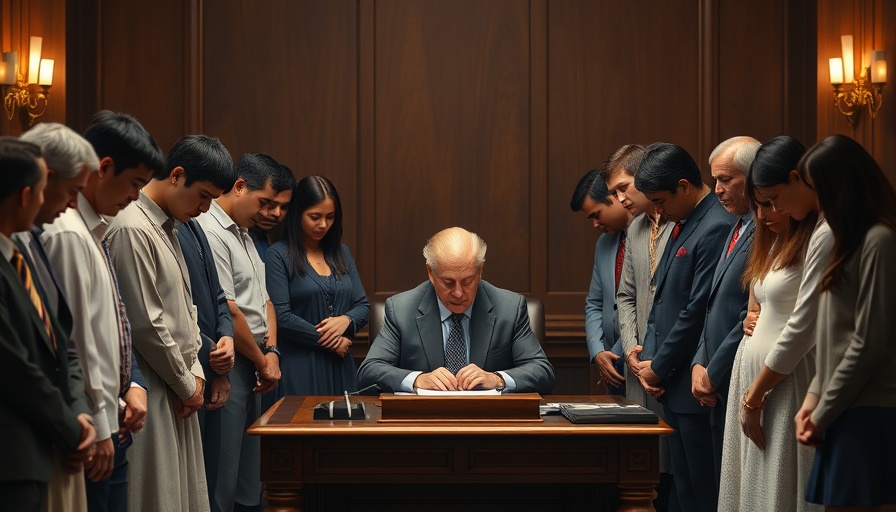
The Current State of VA Healthcare: A Growing Concern for Veterans and Their Families
The Central Texas Veterans Health Care System has been a vital resource for veterans, yet a troubling trend has emerged that poses significant challenges for workers and patients alike. Marlon Askew, a veteran who dedicated his post-military career to helping fellow service members navigate the healthcare system, raised alarms about the deteriorating conditions under current staffing and operational policies. The challenges he faced, including escalating backlogs and overwhelmed employees, echo a broader narrative experienced by many across the VA system.
The Impact of Staffing Cuts
The decision to cut staff at the VA has been framed as a necessity by the Trump administration as part of broader workforce reductions. The consequences, however, are felt acutely by those who serve and are served by the system. As Askew describes it, the operational strain resulted in veterans waiting excessively long to connect with healthcare representatives, leading a desperate few to threaten violence. With at least 830,000 veterans in Texas depending on this system, significant reductions could have dire implications for their access to critical health services.
Historical Perspectives: Changes in VA Management
The healthcare environment has regularly evolved, yet the changes implemented by the Trump administration stand out due to their immediate impact on worker morale and patient care. The PACT Act, introduced under the Biden administration to address staffing challenges, was abruptly halted when the hiring freeze was imposed. This shift to revert to 2019 staffing levels means nearly 83,000 fewer employees, forcing existing staff to shoulder the burden without adequate support. While the official statements emphasize voluntary departures, real-world consequences of these cuts reflect a different story.
Emotional Angles: Veterans As Workers and Patients
The intersection of these roles places veterans like Askew in a painful duality; they are both the facilitators of care and the recipients of its challenges. Askew’s firsthand experience reinforces the urgency of addressing systemic flaws. "You say you’re going to take care of us when you’re not taking care of us," he noted, underlining the frustration that arises when promises made by their government seem unfulfilled.
What This Means for Business Leaders
For business owners in Texas, the plight of the VA should resonate. As veterans represent a significant part of the workforce, efficient care in healthcare can directly impact their productivity and overall well-being. Understanding these dynamics is crucial for any leader looking to foster a supportive who environment, especially in light of the eventual reopening of hiring processes and healthcare expansions anticipated later on.
Future Insights: Potential Improvements and Challenges
As discussions continue about the future of VA healthcare, observations from industry leaders and stakeholders could help shape the direction of necessary reforms. There’s hope that, with increased advocacy and awareness, modifications to current policies will enhance accessibility for both patients and staff. Business leaders who wish to engage in these discussions can make significant contributions by voicing support and helping outline pathways for improvement.
Conclusion: What Can You Do?
Whether you’re a veteran, an advocate, or a concerned citizen, staying informed and advocating for comprehensive VA reforms is essential. Open dialogue can enlighten policymakers about the real impacts of their decisions. Encourage your community to participate actively in discussions that shape the future of veteran care. In doing so, we can ensure that those who served our country get the respect and care they deserve.
 Add Row
Add Row  Add
Add 




Write A Comment